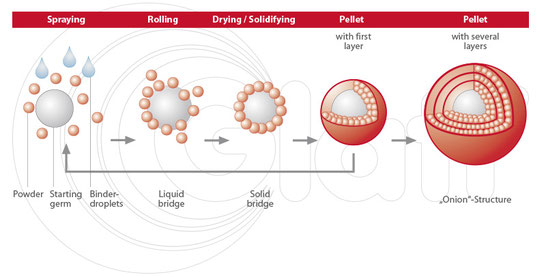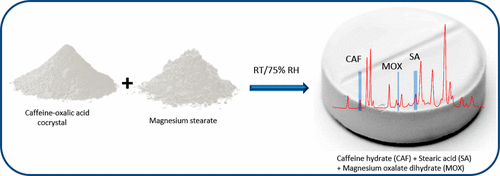- Home
- Blog
- News
- Basics
- Sources
- Agencies, Regulatory & Organisations
- CERSI Excipients Browser
- Excipient Report
- Excipient DMF List
- EXCiPACT Certified Companies
- Excipient Documentation
- Excipient EINECS Numbers
- Excipient E-Numbers
- FDA Inactive Ingredient List
- FDA GRAS Substances (SCOGS) Database
- IPEC Americas
- USP - U.S. Pharmacopeia
- Definitions
- Whitepapers / Publications
- Supplier
- Services
- Media
- Events
- 1st pharmaexcipients Poster Award
- Event Calendar
- Events featured by pharma-excipients
- 4th Annual Formulation & Drug Delivery Congress
- DDF Summit
- ExcipientFest Americas
- ExcipientFest Asia
- Global CompliancePanel
- International Conference and Exhibition on Pharmaceutics & Novel Drug Delivery Systems
- Formulation & Drug Delivery USA Congress
- Laboratory Medicine 2018
- Making Pharmaceuticals Europe
- Making Pharmaceuticals Exhibition
- Pharma Integrates
- PharmaExcipients China @CPhI China
- TTC Technology Training Center
- Jobs
- Online Sourcing
- Contact
01. October 2018
The controlled release of caffeine from the casein gel tablets has been achieved over release periods lasting from a few minutes to over a few days. A novel casein gel has been acidified at pH of 1.0 as the insoluble controlled-release matrix and spray-dried with coffee for microencapsulation. The optimal inlet temperature of spray drying for the casein-coffee mixtures has been found to be 150 °C. The elastic casein-coffee tablets have been engineered without denaturing the components (as...
04. May 2018
Ingredientpharm has an innovative and simple formulation approach to achieve taste masked ODTs (Orally Disintegrating Tablets) of bitter APIs such as Caffeine. Interested to hear more? Visit our Stand T167 during Vitafoods - May 15-17, 2018 in Geneva or drop an email to info@ingredientpharm.com
19. February 2018
The objective of this study was to assess the efficacy and the capability of a novel ethylcellulose-based dry-coating system to obtain prolonged and stable release profiles of caffeine-loaded pellets. Lauric and oleic acids at a suitable proportion were used to plasticize ethylcellulose. The effect of coating level, percentage of drug loading, inert core particle size, and composition of the coating formulation including the anti-sticking agent on the drug release profile were fully...
16. October 2017
Caffeine–oxalic acid cocrystal, widely reported to be stable under high humidity, dissociated in the presence of numerous pharmaceutical excipients. In cocrystal–excipient binary systems, the water mediated dissociation reaction occurred under pharmaceutically relevant storage conditions.
08. March 2017
Abstract An experimental design was established in order to optimize the mechanical properties of two oral film formulations intended for oral delivery of bioactive compounds. Carboxymethylcellulose (CMC) and gelatin type A (GelTA) were selected as polymeric matrix. Scanning electron microscopy revealed that caffeine crystals were homogeneously dispersed onto oral film matrix. Fourier-transform infrared analysis did not indicate formation of new chemical entities. USP modified dissolution assay...
22. February 2017
Abstract Caffeine increases the analgesic properties of acetaminophen and therefore it is reasonable to use both substances together in one drug form in stronger pain. Currently, there are no commercially available pharmaceutical combination products containing acetaminophen and caffeine, which is present as granules. The aim of the study was to obtain twelve different granules with these therapeutic substances and determine the effect of various excipients on the quality of the drug form. All...




